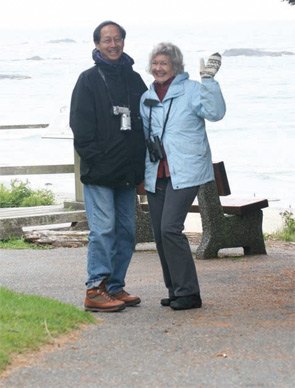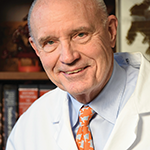The group specialized in “action research”—that is, solving real-life problems by pursuing change and discovery pari passu: developing new methods to study outcomes while testing and studying mechanisms of change. Theirs was the very first group in arthritis and musculoskeletal diseases to use the technique of community participatory research, where people and communities with a problem were involved in defining the question, working on solutions, and testing the idea. One multicenter study, in partnership with the Social Security Administration, evaluated the disability determination system for patients with osteoarthritis, RA, and SLE to test a more equitable and efficient system to determine disability for the over 75,000 people with arthritis disabilities. Another study of 39,000 ferry passengers to Nantucket, Mass., demonstrated that a novel intervention employing persuasive communications delivered by street entertainers prevented Lyme disease.
Their work on the effects of race and socioeconomic status in SLE patients at high risk for adverse outcomes was the first to separate out confounding factors from effect modifiers, and led to the identification of self-efficacy as a critically important risk factor. That observation led to a controlled clinical trial demonstrating that an intervention to improve self-efficacy improved outcomes in SLE.
“Matt is not just a medical generalist, he is a human generalist,” observes Dr. Holman, “with knowledge and interests way beyond biomedicine. He brings a great breadth of background and interests to his work.”

Roots of the Social Rheumatologist
What influences molded Dr. Liang into the investigator whom lupus expert Evelyn V. Hess, MD, once called the founder of social rheumatology? “I am the product of my life’s experiences and my mentors,” Dr. Liang wrote in an autobiographical memo. His family escaped from Ghuangzhou, China, in 1950 and settled in Baltimore, where his parents had first met, fallen in love, and married. His father, an ear, nose, and throat specialist at Johns Hopkins University there, instilled in him a love of discovery and lifelong learning. From his mother, Dr. Liang learned that “theory was useless unless it could be applied practically,” he notes.
Summers spent working with children and adults with cerebral palsy and other chronic disabilities, and his mother’s later development of Parkinson’s disease, sensitized a young Dr. Liang to the issues faced by those with chronic disease. One summer, he read Sinclair Lewis’ Arrowsmith “nonstop and cover to cover.” The exploration of Martin Arrowsmith’s wrestling with the integrity of his scientific career “changed my life,” says Dr. Liang.
